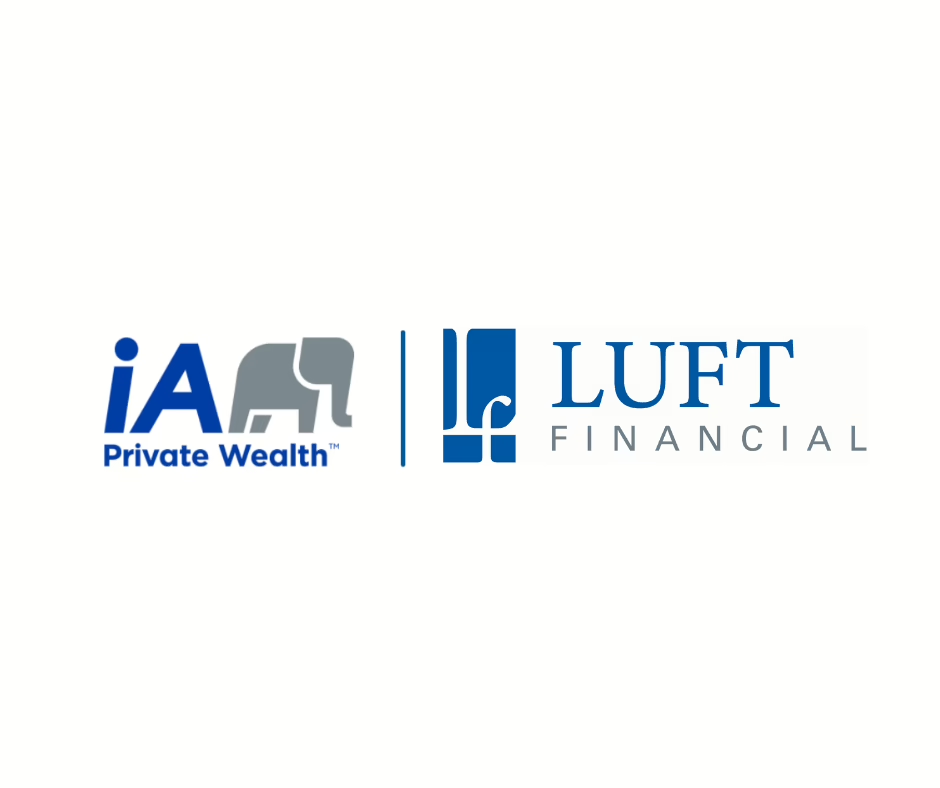North American and global indices retreated in September, weighed down by growing concerns about a second wave of COVID cases worldwide and uncertainty surrounding a potential U.S. stimulus deal, but still ended the third quarter with solid gains.
The TSX Composite posted an overall Q3 gain of 3.9% after declining 2.4% in September; the energy (-11.7%) and health care (-8.6%) sectors were down significantly in the month, while the defensive consumer staples (+7.4%) and utilities (+6.0%) groups were the best performers.
In the U.S., the S&P 500 reached a new record high of 3,588.11 on September 2, before commencing a three-week slide that briefly took it into correction territory (-10%). The index lost 3.9% last month for an overall Q3 gain of 8.5%, while the Dow Jones Industrial Average fell 2.3% for a Q3 advance of 7.6%. The Nasdaq Composite – whose mega-cap technology stock constituents have been in the vanguard of the U.S. equity rebound from the March 23 lows – surged 11.0% in Q3 despite a 5.2% decline last month and was up 24.5% YTD (as of September 30).
(Data Source: FactSet).
Our Strategy
While September lived up to its reputation of being one of the worst months for equities, the markets have proved quite resilient to a couple of major risks that are literally around the corner. These are: a U.S. Presidential election that may well be the most contentious one in American history (judging by the acrimonious debate on September 29), and the possibility of a devastating second wave of COVID cases as the colder months approach.
News that President Trump has been diagnosed with COVID may amplify near-term market volatility. While the (eventual) Presidential election results could have a knee-jerk effect on specific sectors like health care, history suggests that the impact is unlikely to be long-lasting regardless of who wins.
The bigger risk is the ongoing pandemic, but unless the feared second wave is a catastrophic one, two factors may mitigate its market impact – (a) COVID is now a ”known unknown” (unlike in the first quarter of 2020, when the coronavirus went from being a localized illness to a full-blown pandemic in a matter of weeks); and (b) most major economies may not go into full nationwide lockdown mode but may resort to targeted shutdowns and other measures. Other factors that may be buoying investors’ hopes include – prospects for an effective vaccine in the next few months, more effective treatments, and faster testing.
Markets are also being well-supported by record levels of fiscal stimulus and low interest rates in most major economies. With the Federal Reserve recently pledging that it would keep interest rates low until the U.S. economy is far along in its recovery, most Fed policymakers see rates staying at their near-zero level through 2022.
We rebalanced client portfolios in the second week of August, as the S&P 500 was approaching its record high, in order to trim some profitable equity positions and allocate the proceeds to less volatile asset classes such as fixed income and preferred shares. Due to expected volatility and looming risks, the Portfolio Management Team (PMT) will continue to monitor market conditions very closely and make tactical adjustments to client portfolios as required.
Please contact any member of the PMT if you have any questions or concerns regarding your accounts.




